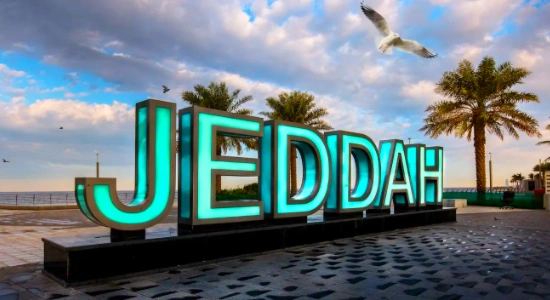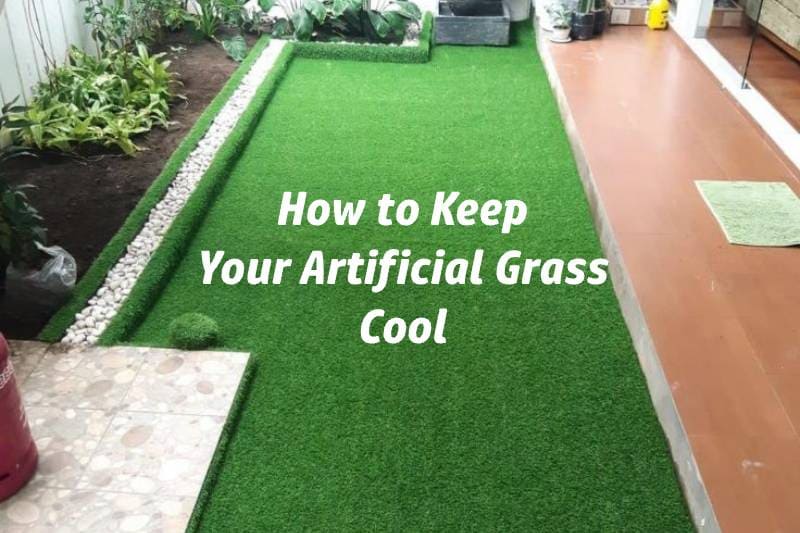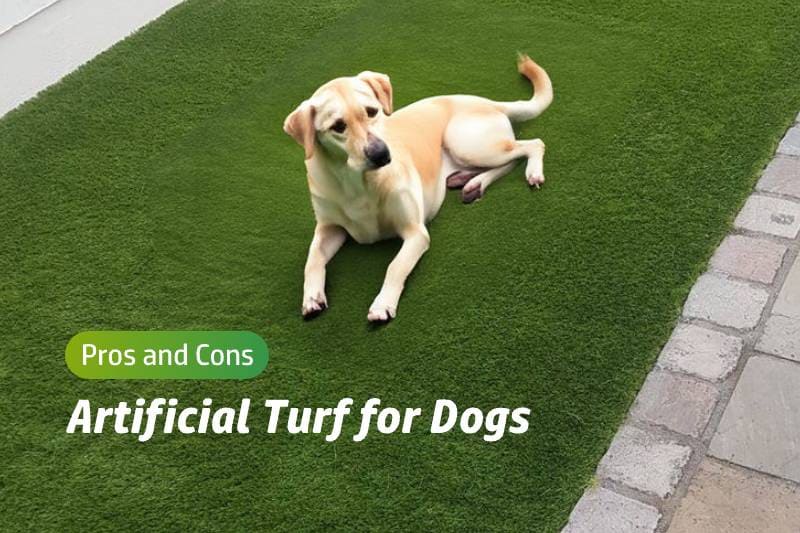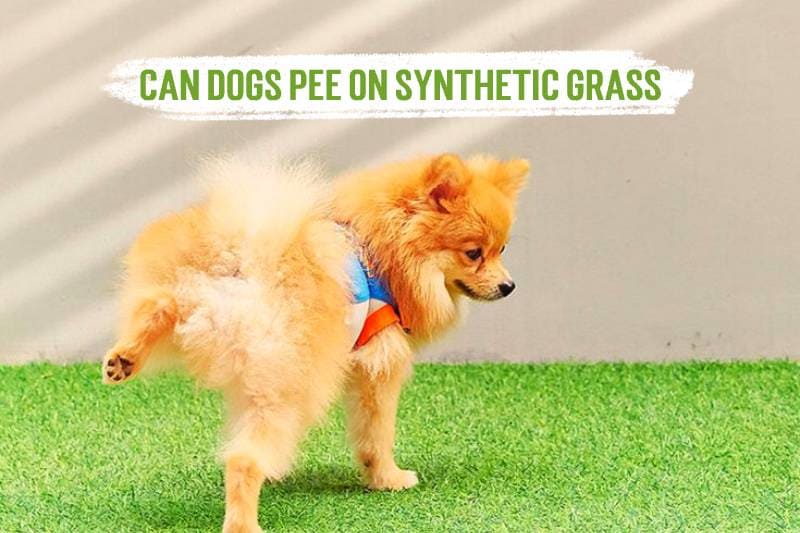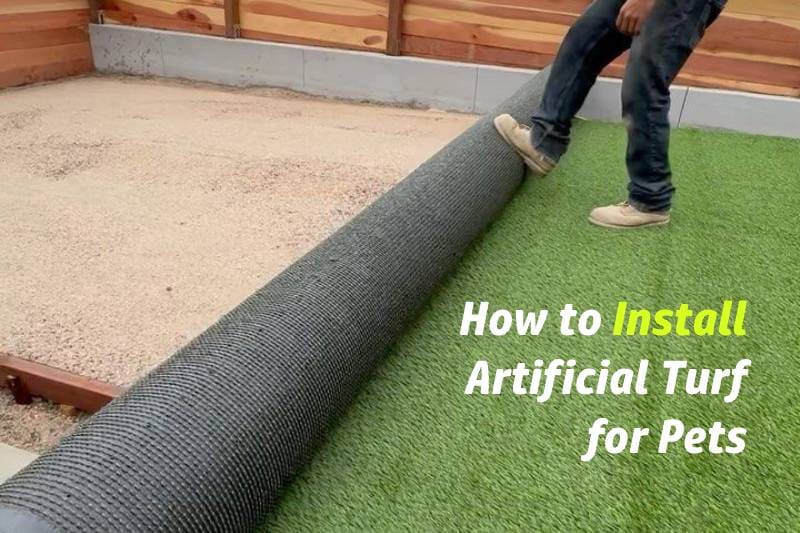The article I want to share with you today is Artificial Turf vs Natural Grass, when I was chatting with my friends before, many of them often ask which one is better, Artificial Turf or Natural Grass?
In my 30 years of experience in artificial turf, artificial turf is definitely better for the following 3 reasons:
- It is more cost-effective to maintain.
- There’s no need for mowing, watering, or chemical treatments, which saves both money and water.
- Artificial turf is durable and ideal for various activities, maintaining its quality through extensive use.
These advantages make artificial turf a compelling choice over natural grass.
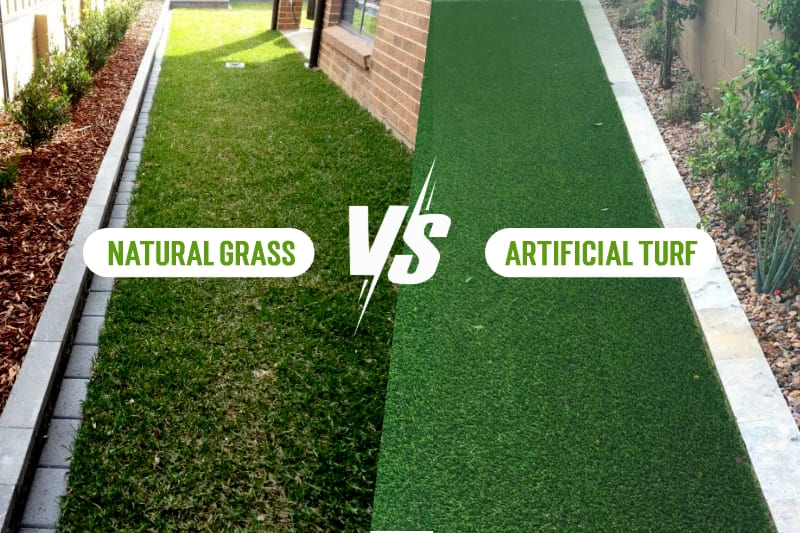
Artificial Turf vs Natural Grass Introduction
| Artificial Turf | Natural Grass | |
| Maintenance | Less | More |
| Lifespan | 10-15 Years | Frequent Replacement |
| Safety | High | Low |
| Water Consumption | Low | More |
| Environmentally | More environmentally friendly, especially in arid areas | Friendly |
| Installation Cost | Higher upfront | Low |
| Weather | No restrictions | There will be a lot of mud in rainy and snowy weather |
Artificial Turf vs Natural Grass
We will talk about it from several aspects, which are:
- cost
- Maintenance Requirements
- Environmental impact
- Durability
- Service life
- Scope of Application
- Safety
- Climate adaptability
- Water Consumption
- Sustainability
Cost
Natural Lawn: The main cost of a natural lawn is the purchase of seed or sod, and the purchase or rental of related equipment such as tillers and lawn mowers.
Artificial Turf: The main cost of an artificial lawn comes from the lawn material itself. The average cost to install an artificial lawn is $15 to $19 per square foot, including materials and labor. A base material, such as gravel, rubber matting, or sand, is required at the bottom.
Maintenance Requirements
Natural Turf: Natural turf is relatively complex to maintain and requires several maintenance tasks on a regular basis. Regular watering, regular mowing, regular fertilizing, regular weeding, preventing pests and diseases, improving soil permeability, safeguarding the soil’s pH level, and some seasonal maintenance.
Artificial turf: Keeping the lawn clean, dusting, sanitizing and deodorizing, patching and replacing, maintaining drainage, and managing infill.
In comparison, natural lawns are beautiful and environmentally friendly, but they are expensive to maintain and require a number of regular maintenance tasks. Artificial turf, on the other hand, is relatively simple and low-cost to maintain and is suitable for environments that require high-frequency use and low maintenance.
Environmental impact
Natural turf: Natural turf has advantages in terms of ecological support and carbon sequestration, but requires high water and chemical inputs and may have negative environmental impacts.
Artificial turf: Artificial turf has advantages in terms of water conservation and reduced use of maintenance chemicals, but its production and disposal processes are more burdensome to the environment.
Durability
Natural turf: Natural turf is relatively less durable, especially when used more frequently and under some extreme conditions.
Artificial grass: Artificial grass exceeds natural grass in durability, it is more durable, more stable overall, suitable for high-frequency use, and can meet more scenarios.
Service life
Natural Grass: Natural grass can last up to 5-10 years, but requires suitable conditions and good maintenance; if natural grass is used, bermudagrass and dogbane are usually more resistant to wear and tear than tall fescue, and are suitable for high-frequency use areas. Key factors include grass type, climate, soil, frequency of use, maintenance and environment.
Artificial Turf: Artificial turf has a life expectancy of 10-15 years, which is higher than that of natural turf. The main factors affecting the life expectancy of artificial turf include material, quality of installation, frequency of use, maintenance, and environmental influences.
Scope of Application
Natural turf: Widely used in soccer, rugby, field hockey, baseball and other grass sports, recreational places mainly include: family garden, public parks, children’s play area.
Artificial turf: Especially suitable for soccer fields, tennis courts, golf driving ranges and other sports that require high-frequency use; recreational areas including commercial recreation areas, residential balconies, rooftop gardens, pet activity areas and so on;
Safety
Natural grass
Benefits: Natural grass is relatively soft and resilient, providing a good cushion for children’s games and daily activities, providing a soft surface and reducing the risk of injury in the event of a fall.
Disadvantage: Natural grass may grow unevenly resulting in uneven ground, making it easy to slip or sprain, especially after rain or snow. Some people who are allergic to pollen, etc., natural lawns may cause allergies.
Artificial Turf
Advantage: The surface is neater, and some lawns made specifically for sports can also provide a good cushion.
Disadvantage: Artificial lawn is relatively hard, if slip and fall is easy to have the danger of abrasion. There are some bad quality artificial lawn, there may be some chemical substances, harmful to the human body.
Climate adaptability
Natural lawn: Natural lawn needs relatively suitable environment and climate to grow better, according to the climate of the different kinds of natural grass, some grass is cold-resistant, some grass is cold-resistant, according to the local conditions. But the natural lawn has natural ecological function, support biodiversity and ecological balance, this is artificial lawn does not have.
Artificial lawn: Artificial lawn is relatively more adaptable to the climate, whether it is drought or cold weather, generally will not be affected by what, at the same time it is resistant to pests and diseases.
Water Consumption
Natural lawn: Natural lawn has a greater demand for water resources, relying on precipitation, and if it encounters dry weather, it needs to be watered artificially.
Artificial Lawn: Artificial lawns do not require regular watering and have low maintenance costs.
Sustainability
Natural lawns are somewhat more sustainable, favoring biodiversity and promoting natural cycles.
Artificial turf relies on petroleum-based materials in its production process, which is highly resource intensive and more dependent on non-renewable resources.
Artificial Turf VS Natural Grass Football
Advantages
Artificial turf has many good points for football. First, it gives a flat field. Artificial turf can get bumpy or muddy, but fake grass stays smooth. This helps players avoid injuries. They can play without worrying about slipping.
Artificial turf don’t need to water, mow, or use fertilizers. This saves time and money. It’s a smart choice for football fields. It also helps the environment by using less water and chemicals.
Disadvantages
Natural Grass might cause more injuries. Some say playing on fake grass can hurt players’ legs more than real grass. The ground can be harder, which might hurt joints over time.
Another problem is heat. Natural Grass can get very hot in the sun. This can make playing hard and unsafe. Players might feel tired or get sick from the heat.
Conclusion
Today our Artificial Turf vs Natural Grass ends here, in a comprehensive comparison, we consider the cost of use, installation, environment, durability, etc., or artificial grass is better, but if you prefer the feeling of nature, or natural grass will be better.




